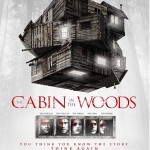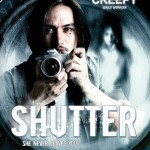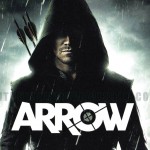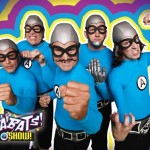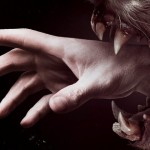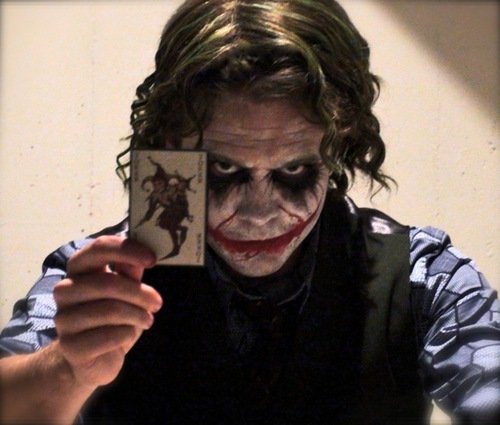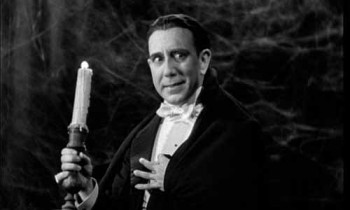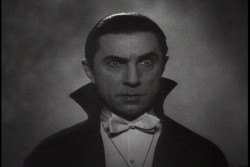The Cabin in the Woods is a hard film to review.
Not that I didn’t understand it, or would have problems explaining the set up, it’s just that it has a complex script, and is full of clever reveals that are best viewed unspoiled. The problem, I find, is how to write about the plot without spoilers; I’m basically going to adapt the rule that anything revealed in the first 10 minutes is fair game.
But before we get into the plot, some background:
The script is by fan favorites Joss Whedon and Drew Goddard, and the film marks Goddard’s debut as a feature film director. Even though Goddard directed, this is considered a Joss Whedon project due to the scripting and the fact that he produced it. Also, the cast is filled with several Whedon regulars.
The movie was made in 2009. Unfortunately, due to several factors(not the least of which was the Bankruptcy of the MGM studio), the film was not released until 2012.
Okay, with that out of the way, let’s get into that plot.
The Cabin in the Woods follows five college students as they prepare to spend a weekend at The Cabin in the Woods, that was recently purchased by one of their relatives. The students are Curt and Jules who are a couple, Jules’ roommate Dana, Curt’s friend Holden (whom he and Jules are trying to match-make with Dana), and Marty (their mutual friend, whose dominant characteristic seems to be that he is a stoner). While prepping for their trip, the five are under surveillance by a mysterious group.
And that is all I feel I can safely say without spoiling anything.
What The Cabin is the Woods really is, is a self-aware deconstruction of the horror genre. It does for supernatural horror what Scream did for slasher films. But it goes even more meta than that.
The script plays heavily with standard horror tropes; however, instead of defying them, it reinforces them( but in a very coherent way), all the while pointing out the ridiculousness of many of them. The best part about it is that at no time does the movie assume the audience is stupid which, in this type of horror film, is incredibly refreshing.
The film creates a connection, not just to the five designated victims, but also with the people behind their torment. It’s no easy feat to make you sympathize with both the heroes and the villains, but Whedon and Goddard find a way to do it.
It’s also worth noting that while the five friends all fit standard horror movie character types, each one also contains major subversions of those types.
Looking towards the cast you find a mix of unknowns and fan favorites.
Chris Hemsworth is the most notable name in the cast, even if this was not the case when the movie was filmed. Playing Curt, who fills the alpha male archtype standard to the genre, Hemsworth of course has the look, but also has to convey an intelligence required by the subversions in the script. A fun bit of trivia, Whedon finalized the deal to make The Avengers while working on The Cabin in the Woods and reached out to Thor director Kenneth Branagh, who was casting at the time, to suggest he take a look at Hemsworth for the lead.
Kristen Connolly stands out as Dana, who is fit into the
standard final girl role. Of course this role is going to get focus and Connolly pulls it off well.
The true stand out of the five kids is Whedon regular Fran Kranz as Marty, the stoner fifth wheel. Filling a role very similar to Jamie Kennedy’s character in Scream, Marty is the one member of the group aware that something is not right with their situation. Kranz manages to combine the characters laid back philosophy, while still conveying his increasing awareness, making him an excellent audience proxy. Again a bit of trivia. During a scene were the other characters go swimming, Marty stays on the dock and smokes a joint. The reason is that, in reality, Kranz is very athletic and actually has better muscle tone then Hemsworth, and Goddard did not think it would be a good idea for the stoner to be shown in better shape than the Jock.
Ana Hutchison and Jesse Williams do fine in the roles of Jules and Holden respectively, but neither really stand out in the way the other three do.
Two other amazing cast stand outs are Richard Jenkins and Bradley Whitford as the leaders of the group that is observing the kids. I wish I could point out what makes them stand out, but there is nothing I could say about them that would not be a spoiler.
Working with Jenkins and Whitford, you will spot Whedon regulars Amy Acker and Tom Lenk.
There is one other stand out actor who appears towards the end of the movie, but to even name who that actor is would be a spoiler. Yes the film really is that intricate.
But I think it illustrates the strength of the writing that, even with a script that intricate, at no point does it become confusing or not make sense.
Using the Fanboy News Network rating system I give The Cabin in the Woods an A. It is a top flight effort that even non-horror fans can enjoy, and is ripe for repeat viewing.
A testament to the films popularity is that this year at Universal Studio’s Halloween Horror Nights in Orlando, one of the signature haunted mazes is based on The Cabin in the Woods. And yes, that maze has spoiler warnings.

